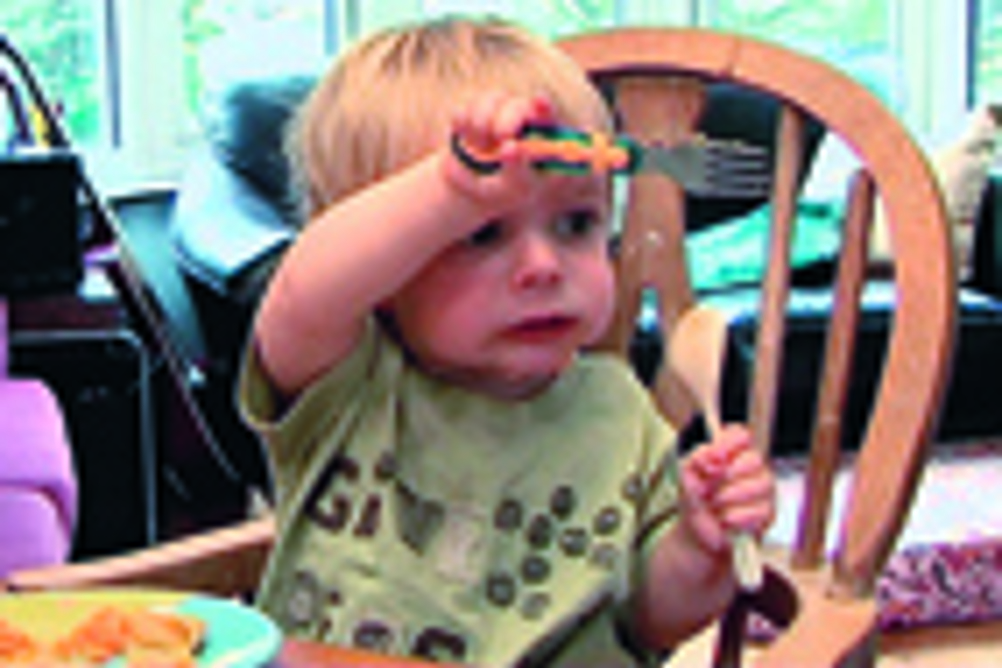
Orson (16 months) and his mum are at the table having lunch together. He is feeding himself well, using his fingers as well as a spoon and a fork. He chats with mum using gesture and a stream of sounds, some of them very word-like, with different intonation and expression. Mum understands him well and takes the conversation seriously. She knows when he is asking for a drink and tunes in with 'joint attention' when his interest is taken by things in the room, such as the light above him.
GOOD PRACTICE
1. For a toddler like Orson, mealtimes are an enjoyable learning experience.
Register now to continue reading
Thank you for visiting Nursery World and making use of our archive of more than 35,000 expert features, subject guides, case studies and policy updates. Why not register today and enjoy the following great benefits:
What's included
-
Free access to 4 subscriber-only articles per month
-
Unlimited access to news and opinion
-
Email newsletter providing activity ideas, best practice and breaking news
Already have an account? Sign in here









